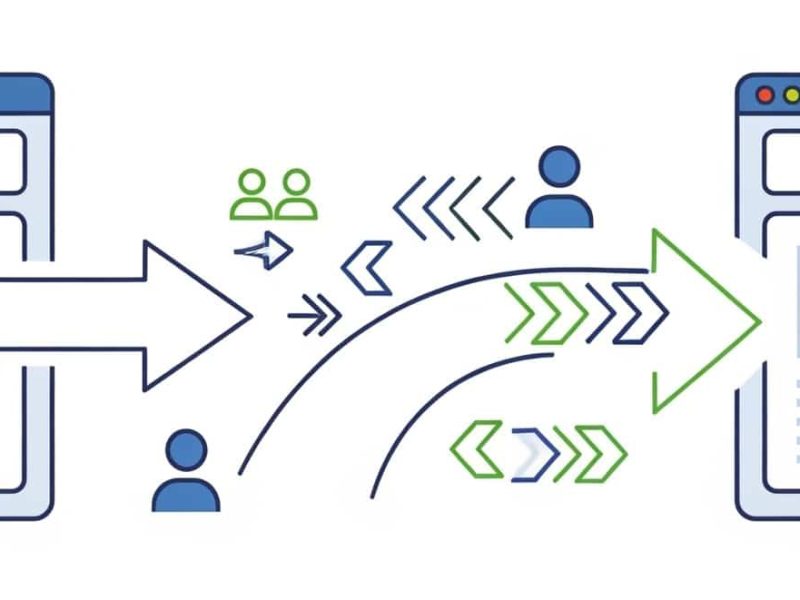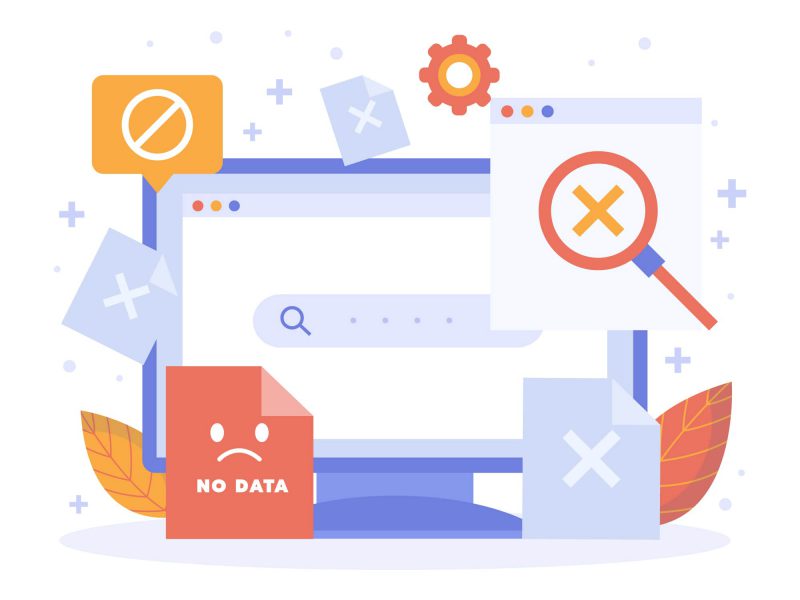You’ve done the hard work. You’ve brainstormed, researched, and finally landed on the absolute perfect domain name for your new business or project. It’s memorable, brandable, and perfectly encapsulates your vision. There’s just one problem: when you type it into your browser, you discover that it’s already owned by someone else.
This can feel like a dead end, but in the world of digital real estate, it’s often just the beginning of a process. Many of the best domain names are already registered, but that doesn’t mean they are out of reach. With the right strategy, a bit of research, and a professional approach, you can often purchase the exact domain you want directly from its current owner.
From an SEO perspective, securing the right domain is a critical first step. A clean, relevant, and easy-to-remember domain can have a significant impact on your brand recognition, click-through rates, and overall online authority.
This comprehensive guide will walk you through the entire process of acquiring a domain that is already owned, from finding the owner and negotiating a fair price to ensuring a secure and successful transfer.
Step 1: Find Out Who Owns the Domain
Before you can make an offer, you need to identify the current owner. The standard tool for this is a WHOIS lookup.
The WHOIS directory is a public, searchable database that contains the registration information for domain names, including the owner’s name, contact email, and registrar.
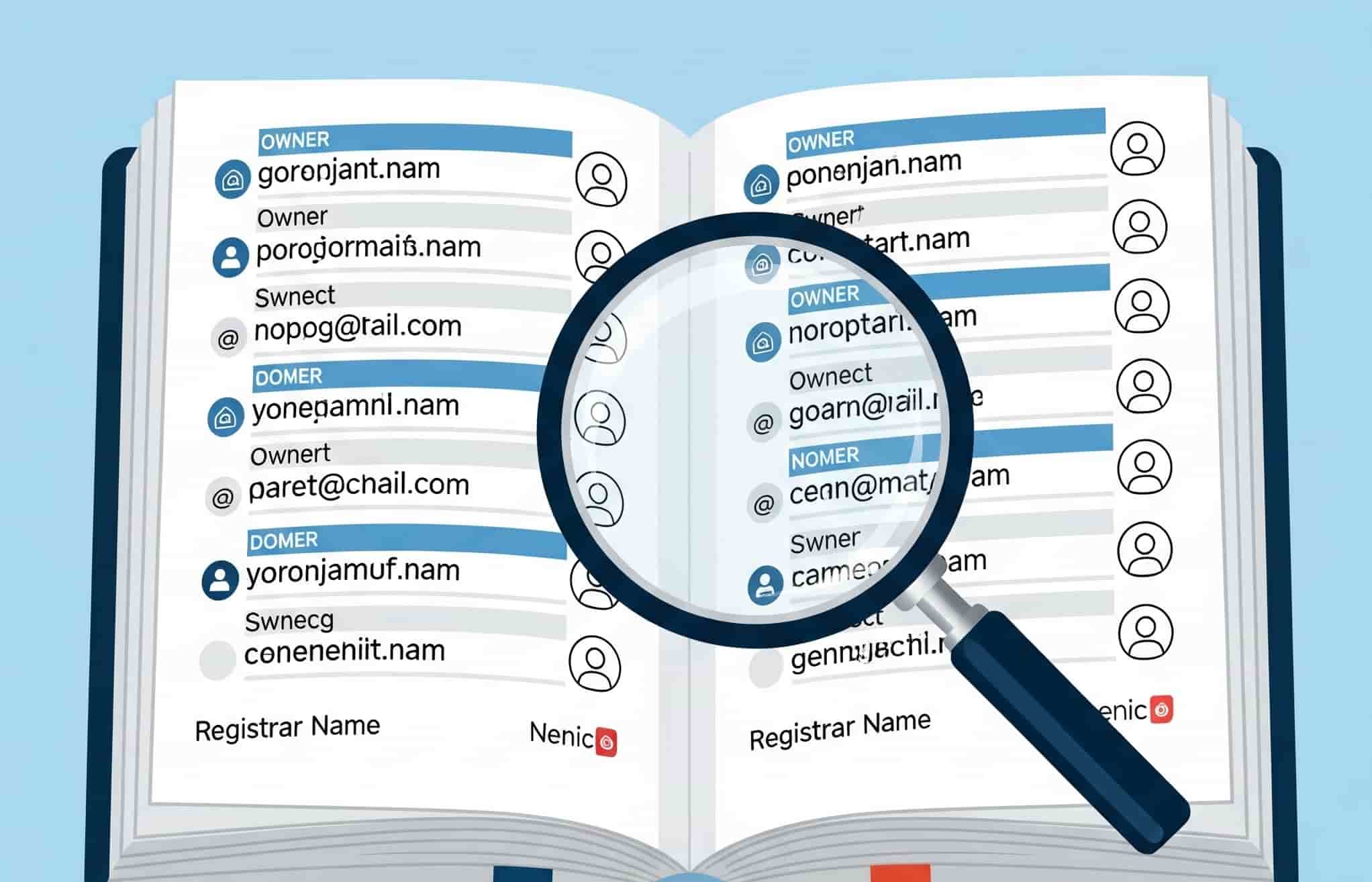
How to perform a WHOIS lookup:
- Go to a WHOIS lookup service. For example you can use Whois Domain Tools or Whois
- Enter the domain name you are interested in.
- The results will show you the registrant’s contact information.
The Challenge of WHOIS Privacy: In many cases, you will find that the owner is using a WHOIS privacy service. This replaces their personal information with the contact details of a proxy service provided by their registrar. While this protects the owner’s privacy, it makes it harder for you to contact them directly.
If you encounter WHOIS privacy, don’t give up. You can often still send an email to the anonymized address provided, as the proxy service will typically forward it to the actual owner.
Step 2: Determine if the Domain is For Sale
Before you reach out, it’s a good idea to see if the owner has already indicated that they are willing to sell.
- Check the Website: First, visit the domain in your browser. You might find a simple landing page that explicitly states, “This domain is for sale,” often with a link to a contact form or a domain marketplace.
- Look for a “For Sale” Sign: The WHOIS record itself might sometimes indicate that the domain is listed for sale.
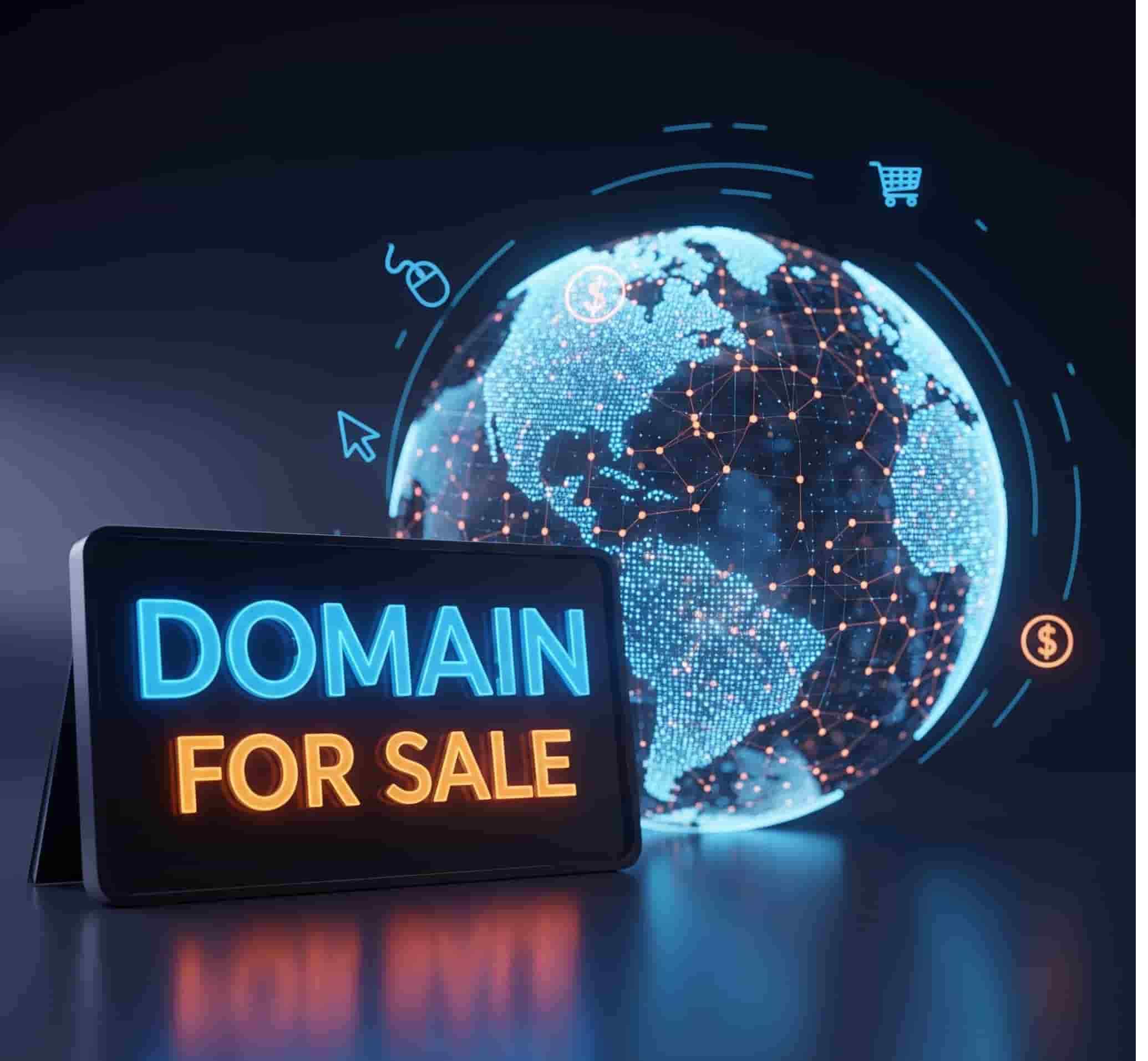
- Check Domain Marketplaces: The owner may have listed the domain for sale on a marketplace. Some of the most popular marketplaces to check are:
- Sedo
- Afternic
- Flippa
If the domain is actively listed for sale, the process is much simpler, as you can often buy it directly through the marketplace.
Step 3: Value the Domain
Before you make an offer, you need to have a realistic idea of what the domain is worth. A domain’s value can range from a few dollars to millions, depending on a variety of factors.
- Use an Appraisal Tool: Services like GoDaddy’s Domain Appraisal can give you a data-driven estimate of a domain’s value. While not perfect, these tools can provide a good starting point.
- Factors that Influence a Domain’s Value:
- Length: Shorter domains are generally more valuable.
- Keywords: Does it contain high-value, relevant keywords?
- TLD (Top-Level Domain):
.comis the most valuable TLD, followed by other popular extensions like.organd.net. - Traffic: Does the domain currently receive traffic?
- Brandability: Is it a unique, memorable, and easy-to-spell name?
Having a realistic valuation will help you make a reasonable offer and avoid overpaying.
Step 4: Contact the Owner and Make an Offer
If the domain is not actively listed for sale, you will need to contact the owner directly. This is a delicate process that requires a professional and respectful approach.

Tips for a successful negotiation:
- Be Professional: Remember that you are making an unsolicited offer. Be polite, concise, and clear in your communication.
- Have a Budget: Know your maximum price before you start negotiating.
- Make a Reasonable Offer: A lowball offer is likely to be ignored. Your initial offer should be a serious one, based on your valuation research.
- Be Patient: The owner may not respond immediately. It can sometimes take a few follow-ups to get a response.
- Be Prepared to Walk Away: If the owner’s asking price is far beyond your budget, be prepared to walk away and explore other options.
Step 5: Secure the Transaction with an Escrow Service
Once you have agreed on a price, it is absolutely essential to use a neutral, third-party escrow service to handle the transaction. This protects both you and the seller.
Why you need an escrow service: An escrow service acts as a trusted middleman. You send the payment to the escrow service, and the seller transfers the domain to them. The escrow service holds both the money and the domain until they have verified that both parties have fulfilled their obligations. They then release the money to the seller and the domain to you. This eliminates the risk of you paying for the domain and never receiving it, or the seller transferring the domain and never getting paid.
Reputable Escrow Services:
- Escrow.com is the most widely used and trusted escrow service for domain transactions.
Step 6: Transfer the Domain
Once the payment is secured in escrow, the final step is the technical transfer of the domain.
- The seller “unlocks” the domain at their registrar and provides you with an authorization code (EPP code).
- You go to your own registrar and initiate a domain transfer, providing the domain name and the authorization code.

- The transfer process begins. It can take anywhere from a few hours to a week to complete.
- Once the transfer is complete, the domain will be in your account, and you can notify the escrow service to release the payment to the seller.
What to Do if You Can’t Buy the Domain
Sometimes, the owner is not willing to sell, or their asking price is too high. In that case, you have a couple of options:
- Backorder the domain: If the domain is set to expire soon, you can use a domain backorder service. This service will attempt to automatically register the domain for you the instant it becomes available.
- Choose a different TLD: If
yourperfectdomain.comis taken, you might be able to getyourperfectdomain.coor.io. - Modify the name: Get creative and try adding a verb or a noun to your desired name to find an available
.comalternative.
Conclusion
Securing the perfect domain name is a critical first step in building a powerful and authoritative online presence. As we’ve explored, the process of buying a domain that someone else owns is an investment that requires diligence, research, and a professional strategy. From identifying the owner and negotiating a fair price to ensuring a secure transaction through an escrow service, every step is crucial in protecting your investment and establishing the foundation of your brand. A great domain is more than just an address; it’s a valuable piece of digital real estate that enhances brand recall, builds user trust, and provides a significant long-term SEO advantage.
However, acquiring the domain is only half the journey. Once the transfer is complete and the domain is securely in your name, the next critical step is to give it a home. A premium domain deserves a high-performance, reliable, and secure hosting environment to ensure that your website is always available to your visitors and to search engine crawlers. This is where a professional hosting provider becomes your most important partner.
For developers and businesses, especially those within the .NET ecosystem, ASPHostPortal offers a robust and specialized hosting environment designed to bring your vision to life. After navigating the complexities of a domain acquisition, our platform simplifies the next steps. You can easily transfer your newly acquired domain to our management, consolidating your assets under one roof. Our web hosting services provide the power, security, and scalability needed to support your website as it grows, with expert support for technologies like ASP.NET Core, MVC, and SQL Server.
By pairing your premium domain with a powerful hosting solution like ASPHostPortal, you create a solid foundation for your digital presence. This combination ensures that your investment in the perfect domain name is backed by the performance and reliability necessary to build a successful, secure, and highly-visible website for years to come.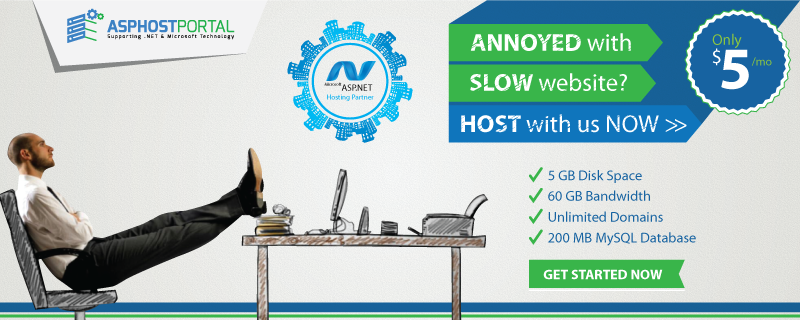

Andriy Kravets is writer and experience .NET developer and like .NET for regular development. He likes to build cross-platform libraries/software with .NET.

